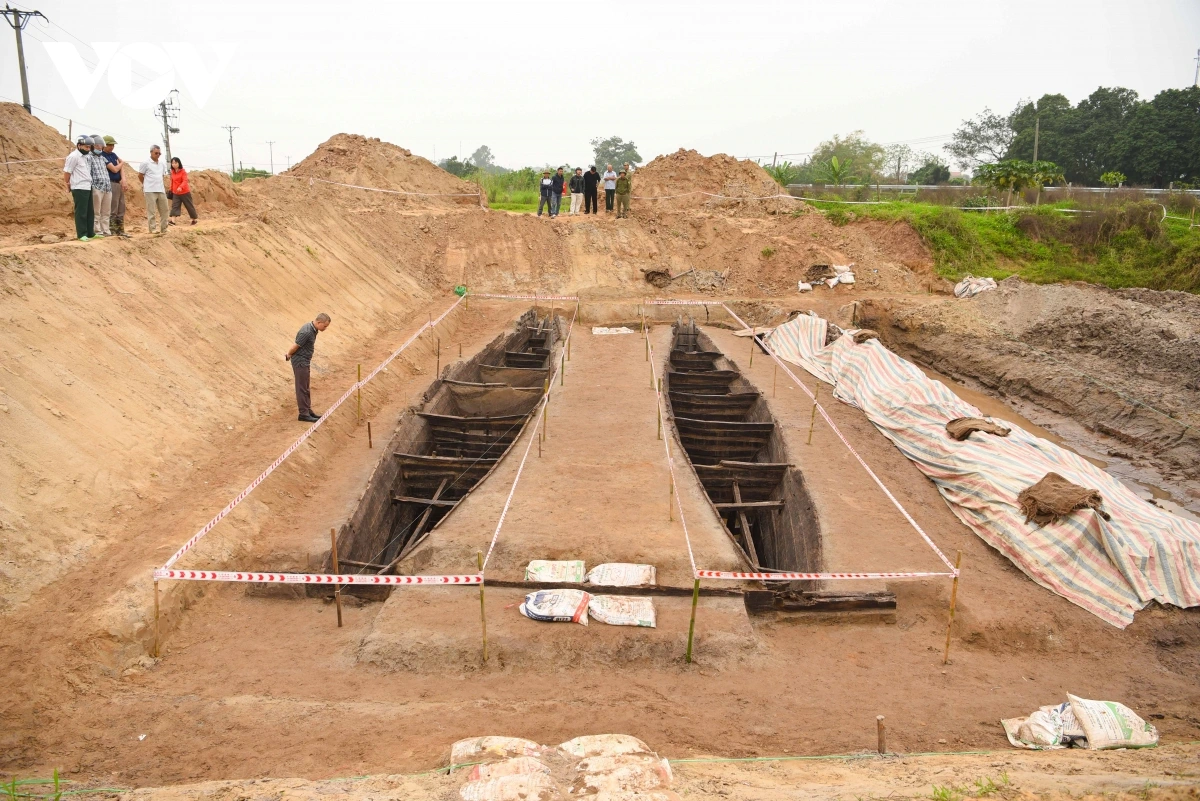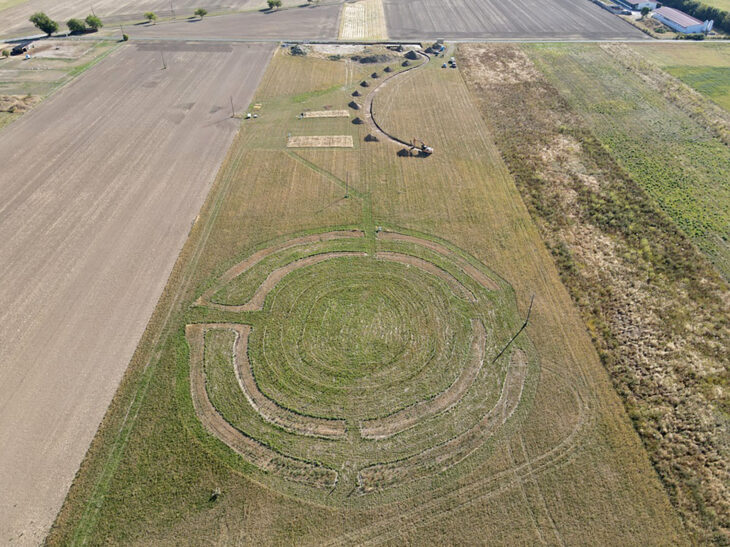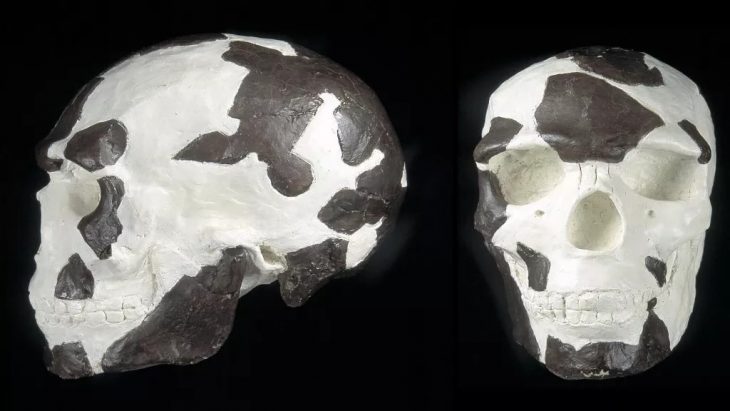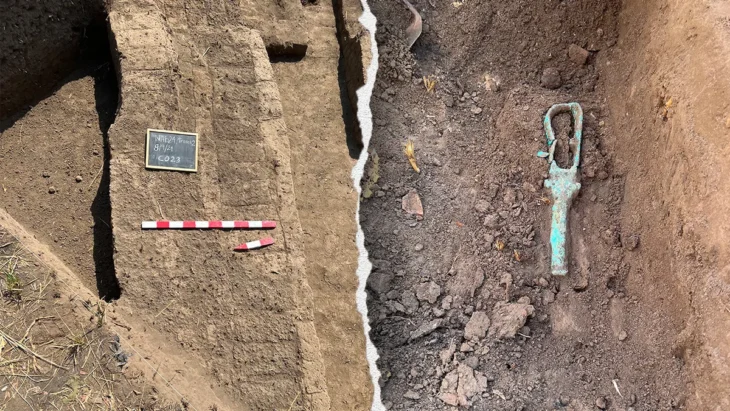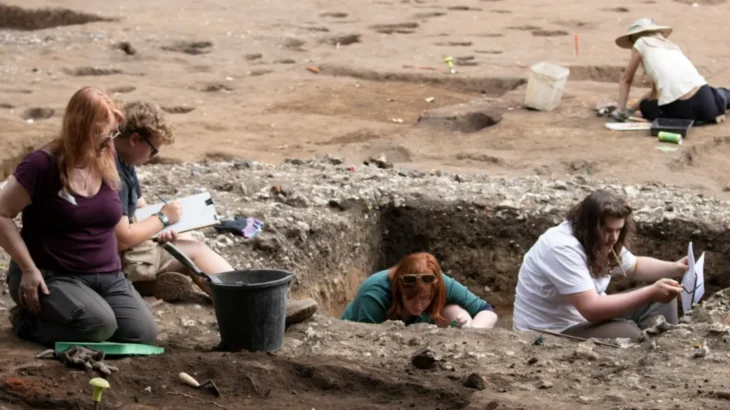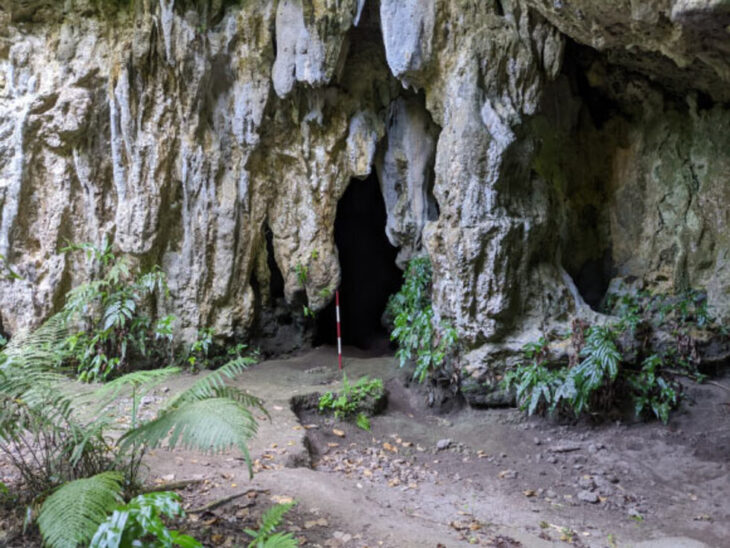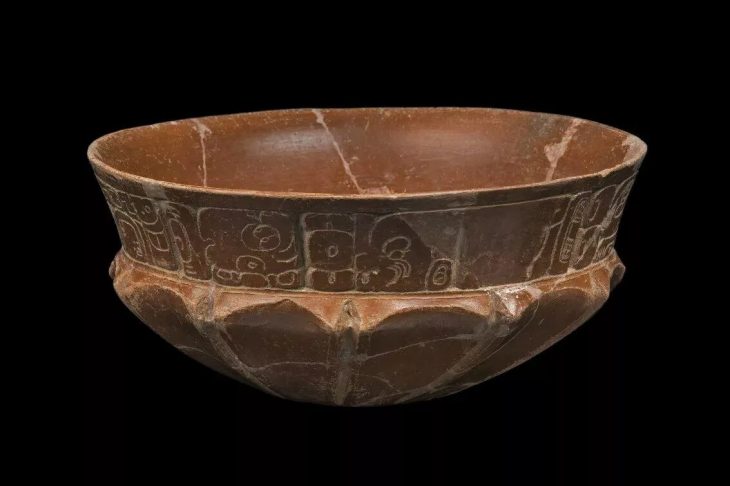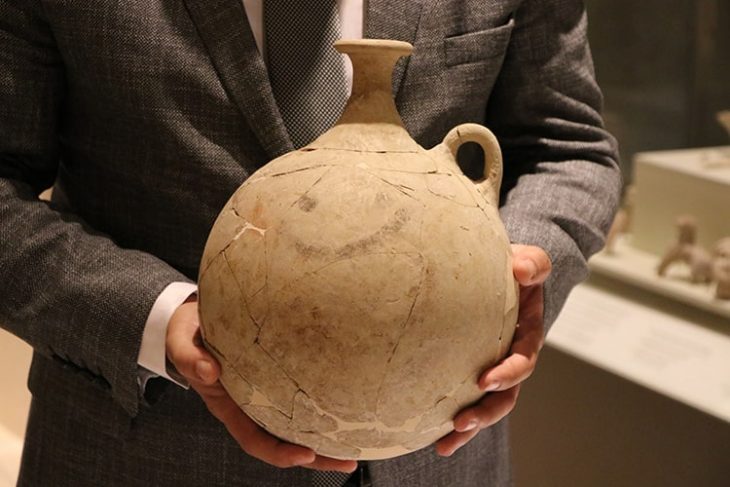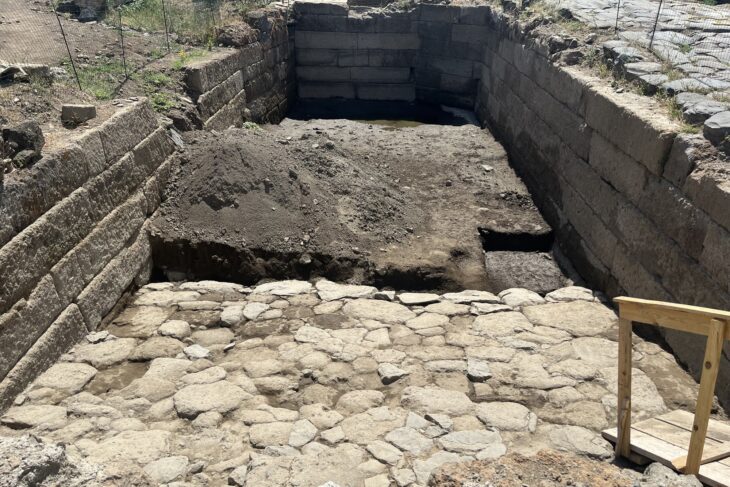A groundbreaking archaeological discovery in Bac Ninh province, northern Vietnam, has brought to light two remarkably well-preserved ancient wooden boats, astonishing researchers with their unique twin-hulled design and potential to unlock secrets of the region’s ancient trade networks. Unearthed from beneath a fishpond in Thuan Thanh, near the historical citadel of Luy Lau, these vessels are believed to be unlike any other found globally.
The initial discovery occurred in December 2024 when a local resident, Nguyen Van Chien, was restoring a fishpond and encountered the edges of the buried boats. Recognizing their potential significance, authorities were immediately notified, leading to an emergency excavation conducted by the Department of Culture, Sports, and Tourism in collaboration with the Vietnam Academy of Social Sciences’ Institute of Archaeology in March 2025.
Initially, archaeologists speculated the find might be simple dugout canoes. However, weeks of careful excavation revealed a more complex and unprecedented construction: two parallel hulls, one approximately 50 feet long and seven feet wide, the other slightly smaller at 46 feet long and five feet wide, situated about six feet apart. Most remarkably, a solid wooden beam connected the bows of both hulls, suggesting they functioned as a single, more powerful vessel – a design unparalleled in archaeological records worldwide.
Each hull is ingeniously divided into six compartments of varying depths, the deepest reaching five feet. These compartments were filled with layers of sand and mud, meticulously removed and filtered by archaeologists, yielding numerous fruit seeds and other artifacts. Analysis of these organic remains promises to reveal the cargo transported, the types of fruits carried, and even the geographical origins of the fruit trees.
The location of the discovery is particularly significant. The fishpond lies a mere half-mile from the ancient citadel of Luy Lay (also known as Luy Lau), a historically vital urban center in early Vietnam. This proximity suggests a strong connection between the boats and the flourishing trade along the Dau River. Historical accounts indicate that Luy Lau was a major international commercial hub during the period of Chinese Northern domination (roughly 1st to 3rd centuries CE), serving as a crucial transit point for trade between China and western and southern countries.
📣 Our WhatsApp channel is now LIVE! Stay up-to-date with the latest news and updates, just click here to follow us on WhatsApp and never miss a thing!!
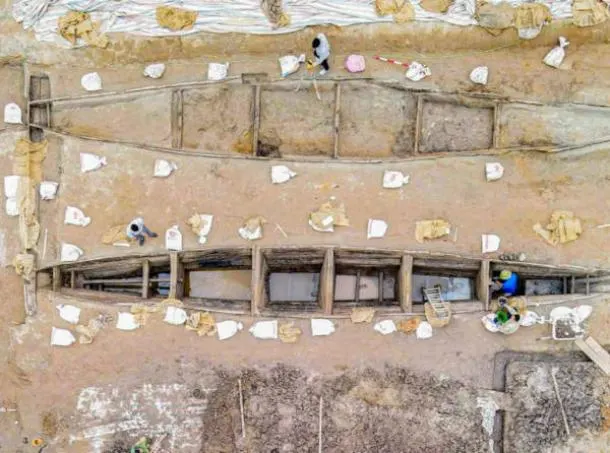
While initial assessments of one of the provided articles suggested a Han Dynasty (111 B.C.- 203 A.D.) origin based on design, a later dating estimate from another article, based on construction techniques like wooden nails and plank connections, points towards the Ly and Tran dynasties (11th to 14th centuries CE). Radiocarbon dating is now crucial to definitively establish the age of these extraordinary vessels.
Dr. Trieu from the Vietnam Institute of Archaeology emphasized the potential of these boats to provide “solid proof of the trading activities along the Dau River,” regardless of their precise dating. The sheer size and unique construction of the twin hulls, featuring multiple layers of timber planks and a connecting bow beam, highlight sophisticated ancient shipbuilding techniques. Burn marks on some planks hint at possible fire damage and subsequent abandonment or perhaps even a ritualistic burning and burial.
The discovery near Luy Lau, already known for significant archaeological finds including bronze drum moulds, further underscores the region’s historical importance. The presence of these large vessels suggests Luy Lau may have also functioned as a shipbuilding center or a major docking point for merchant ships navigating the intricate network of inland waterways. The ongoing analysis of the contents found within the boat compartments is expected to shed light on the economic activities and trade connections of the Red River Delta during the relevant historical periods.
Recognizing the fragility of the ancient wood, currently saturated from centuries of submersion, preservation efforts are now paramount. Immediate measures include temporarily re-covering the site with soil and tarpaulins to prevent rapid deterioration upon exposure. Plans for long-term conservation are underway to ensure these invaluable artifacts are protected for future study.
Vuong Quoc Tuan, Chairman of the provincial People’s Committee, has stressed the importance of continued research and public awareness to safeguard this significant cultural heritage. The unearthing of these unique twin-hulled boats is poised to become one of Vietnam’s most significant archaeological discoveries, offering unprecedented insights into the country’s rich maritime past and its crucial role in ancient global trade. Their distinctive design and connection to a major historical hub promise to rewrite our understanding of ancient interconnectedness with the wider world.
Vietnam Institute of Archaeology
Cover ımage Credit: Thanh Cong/Vietnam Institute of Archaeology

